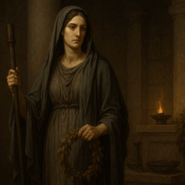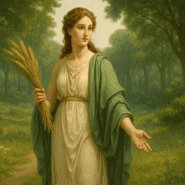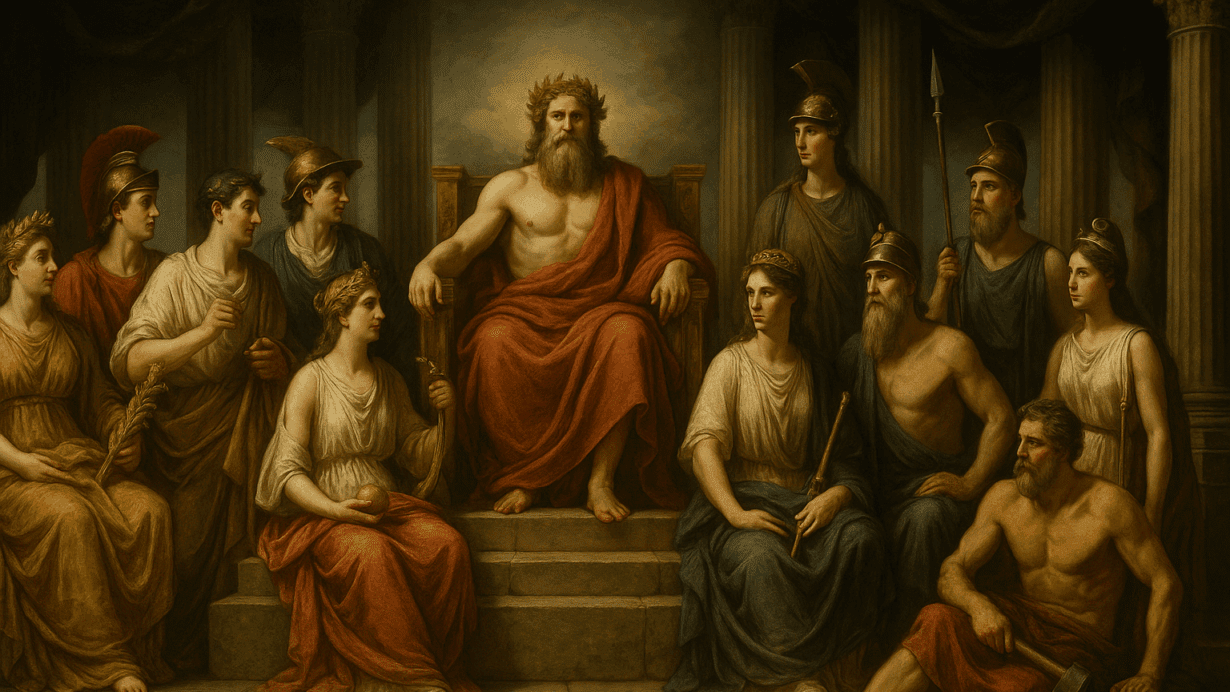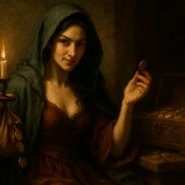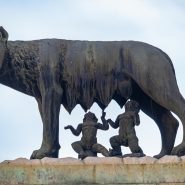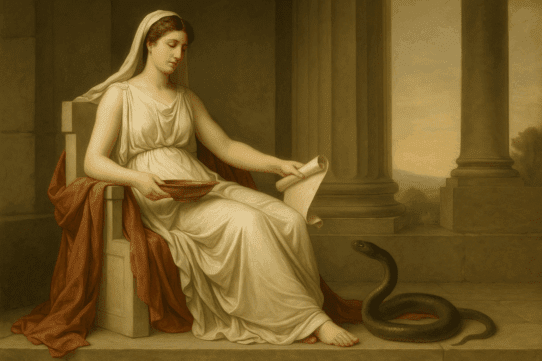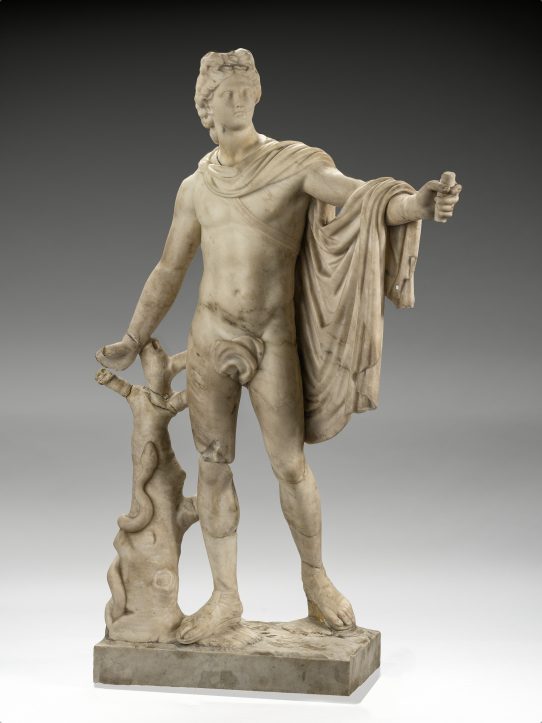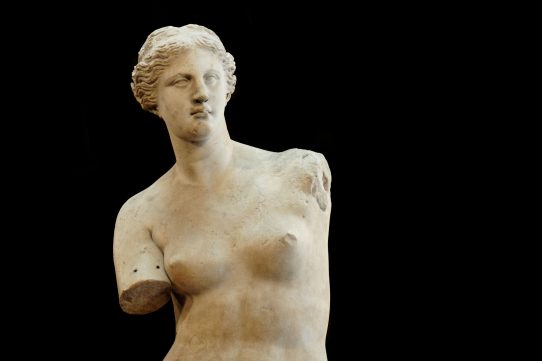In the vast tapestry of Roman religion, no group of deities stands out more prominently than the Twelve Major Gods, known collectively as the Dii Consentes. These twelve form the closest Roman equivalent to the Greek Olympians, representing the divine order that governed the cosmos, the state, and the daily lives of Roman citizens. Their names adorned temples, festivals, coins, and contracts. Their myths shaped morality and imagination. And their presence formed the backbone of Roman spirituality from the Republic to the Empire.
Although Rome absorbed much from Greek culture, the Romans reshaped these deities into uniquely Roman figures. They became protectors of the state, guardians of families, and symbols of Roman virtues such as discipline, loyalty, strength, and duty. Together, the Dii Consentes reveal a civilization that balanced divine authority with human aspiration, crafting a religious system that mirrored the ambitions and anxieties of Rome itself.
Below is an in-depth exploration of each of the Twelve Major Gods, their roles, their symbols, and their significance within Roman life.
Jupiter: King of the Gods
Jupiter, the ruler of heaven, held the highest place among the gods. He presided over the sky, storms, and the laws of both mortals and immortals. His power represented supremacy, justice, and divine order. To the Romans, Jupiter was the guarantor of contracts and oaths, the protector of the state, and the embodiment of authority.
In Rome, he was honored atop the Capitoline Hill at the Temple of Jupiter Optimus Maximus. His sacred bird, the eagle, became a symbol of Roman legions, soaring across continents as the empire expanded. More than a mythic figure, Jupiter was the divine reflection of Roman power.
Juno: Queen of the Gods
Juno, the wife of Jupiter, served as the protector of women, marriage, and the Roman state. She embodied dignity and power, guiding families and safeguarding the civic body. Her relationship with Jupiter was often filled with tension, reflecting themes of loyalty, pride, and divine rivalry.
In Roman households, brides invoked Juno for blessings, and mothers prayed to her for safe childbirth. Publicly, she was honored as Juno Regina, the regal guardian of Rome. Statues portrayed her with a crown and scepter, symbols of her authority as queen of the gods.
Neptune: God of the Sea
Neptune ruled the vast waters of the earth, controlling storms, ship routes, and the unpredictable nature of the sea. Early in Rome’s history, Neptune was associated with freshwater and horses, but over time he grew into a powerful maritime deity, especially as Rome expanded into a naval empire.
Sailors prayed to him for safe voyages. Horse breeders invoked him for success in races. His trident became a symbol of unstoppable natural strength. Neptune’s presence was both feared and respected, embodying the might of the unknown depths.
Minerva: Goddess of Wisdom and Strategy
Minerva represented intelligence, craftsmanship, and strategic thought. Unlike some war deities who glorified battle itself, Minerva valued careful planning and skill. She was the patron of artisans, writers, academics, and statesmen.
Her festival, the Quinquatria, celebrated five days of artistic competition and ritual observances. Minerva stood for discipline, precise thinking, and excellence, making her especially revered among scholars and creators. Many Romans saw her as the silent force behind human ingenuity.
Mars: God of War
Mars was far more than a destroyer. To the Romans, he symbolized disciplined military power, agricultural fertility, and the protective spirit of the Roman people. He was second only to Jupiter in importance and served as the mythical father of Romulus and Remus, the founders of Rome.
His sacred month, March, marked the beginning of the military campaigning season. Soldiers invoked him before battle, and farmers prayed to him for fertile land. Mars embodied courage, endurance, and Roman identity itself.
Venus: Goddess of Love and Beauty
Venus was associated with love, desire, fertility, and the irresistible forces that shape human relationships. But in Roman culture, she held an additional honor: she was celebrated as the divine ancestor of the Julian family, including Julius Caesar and Augustus.
This connection elevated Venus from a goddess of passion to one of political and dynastic importance. Statues portrayed her as both alluring and dignified, emphasizing her role in guiding love, harmony, and the bonds that tie families and states together.
Apollo: God of Light, Music, and Prophecy
Apollo was one of the rare gods imported almost unchanged from Greek religion. He represented purity, harmony, rationality, and artistic brilliance. As the god of prophecy, he inspired oracles and guided kings and generals through divine insight.
Romans revered Apollo for his healing powers as well. Temples dedicated to him served as places of music, poetry, and medical practice. His calm radiance symbolized clarity of mind and purity of intention, making him a beloved figure in both art and philosophy.
Diana: Goddess of the Hunt and the Moon
Diana, the sister of Apollo, reigned over forests, wildlife, and the mysteries of the moon. She represented independence, protection, and resilience, especially for women. Diana was often invoked by those needing sanctuary, as her temples traditionally offered refuge to the oppressed.
Her imagery, including the bow and crescent moon, captured her dual nature as both a fierce huntress and a gentle lunar guide. Many Romans viewed her as a symbol of personal strength and self-reliance.
Vulcan: God of Fire and the Forge
Vulcan embodied the destructive and creative powers of fire. As the divine blacksmith, he shaped weapons, tools, and sacred artifacts. His workshops were imagined as immense forges beneath mountains, where molten fire fueled invention.
Romans feared uncontrolled fire, making Vulcan both a protector and a potential threat. His festival, the Vulcanalia, sought to appease him and prevent devastating urban fires. At the same time, craftsmen honored him for the inspiration and skill he granted.
Vesta: Goddess of the Hearth
Vesta represented home, family, and the sacred flame that never extinguished in her temple. Her presence embodied stability, purity, and the continuity of Roman civilization. Unlike other deities, Vesta was never depicted in human form. Instead, her flame served as her eternal symbol.
The Vestal Virgins, her priestesses, held great respect and responsibility. They maintained the sacred fire and played central roles in state rituals. Vesta’s warmth touched every household, making her one of Rome’s most beloved goddesses.
Mercury: Messenger of the Gods And Guide of Commerce
Mercury governed communication, trade, travel, and the swift movement of information and goods. He also served as a guide for souls entering the afterlife. His winged sandals and staff made him a symbol of agility and cleverness.
Merchants prayed to Mercury for profitable deals, travelers for safe passage, and writers for inspiration. He moved freely between gods and mortals, bridging worlds with ease. His influence shaped economic life across the empire.
Ceres: Goddess of Agriculture
Ceres presided over grain, fertility, and the cycles of the earth. She ensured harvests, protected livelihoods, and guided the rhythms of planting and reaping. Her worship was deeply tied to the wellbeing of Roman families.
The festival of Cerealia celebrated her generosity with games, offerings, and processions. Many Romans saw Ceres as essential to survival itself. Without her blessings, the fields fell barren and the people suffered.
The Significance of the Dii Consentes
Together, these twelve deities formed the heart of Roman religion. They represented authority, wisdom, beauty, power, creativity, and survival. They guided Rome in war and peace, in politics and family life, in artistry and agricultural cycles. In essence, they embodied the traits Romans admired most.
The Dii Consentes were not only gods but symbols of Rome’s values. In their myths and stories, Romans found models for leadership, discipline, justice, and ambition. Their temples and festivals reinforced community, identity, and connection to something greater than the self.
The Twelve Major Roman Gods remain an enduring reflection of one of history’s greatest civilizations, standing at the crossroads of myth, power, and human imagination.
